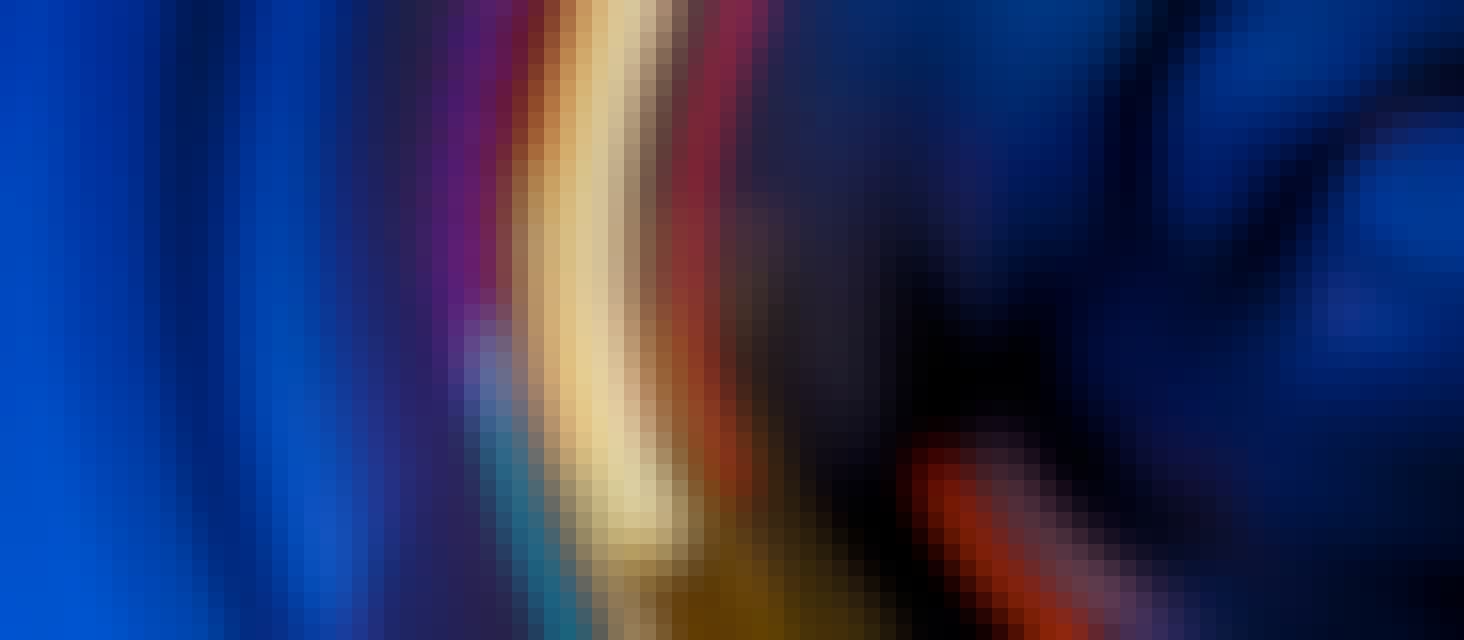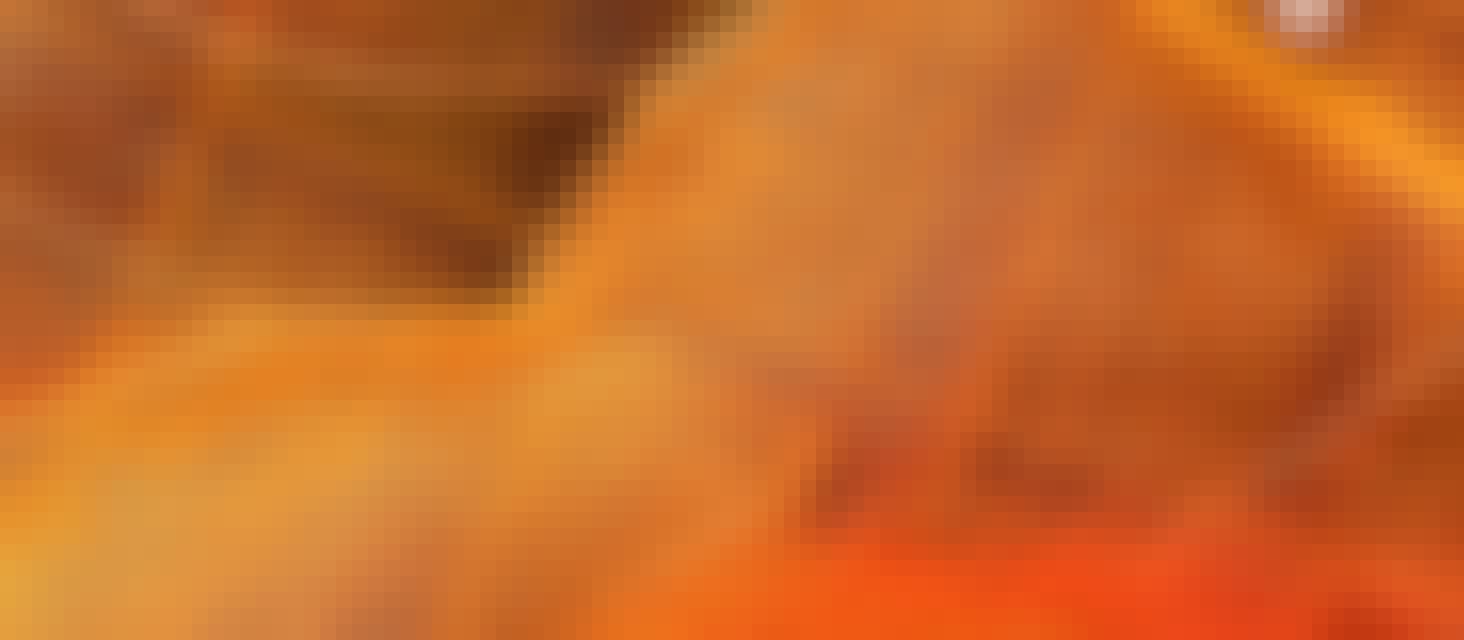Filter by
The language used throughout the course, in both instruction and assessments.
776 results for "art history"
 Status: Free
Status: FreeUniversity of Virginia
Skills you'll gain: Culture, Critical Thinking
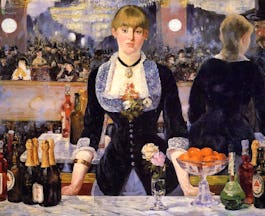 Status: Free
Status: FreeWesleyan University
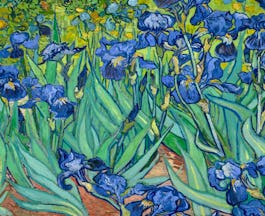
Universidad de Palermo

Georgetown University
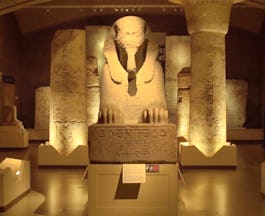 Status: Free
Status: FreeUniversity of Pennsylvania
Skills you'll gain: Human Learning
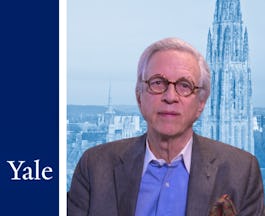 Status: Free
Status: FreeYale University
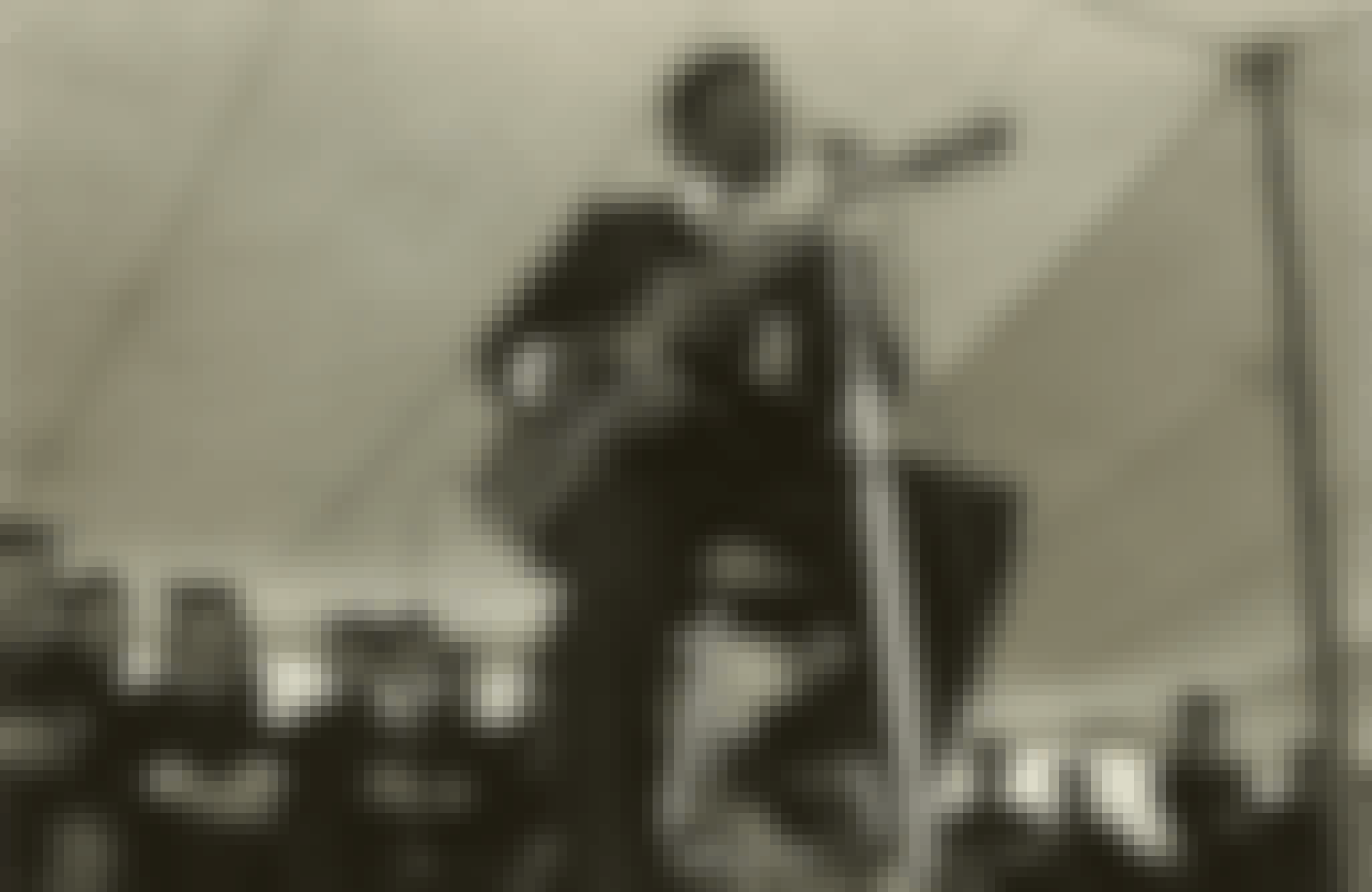
The University of North Carolina at Chapel Hill
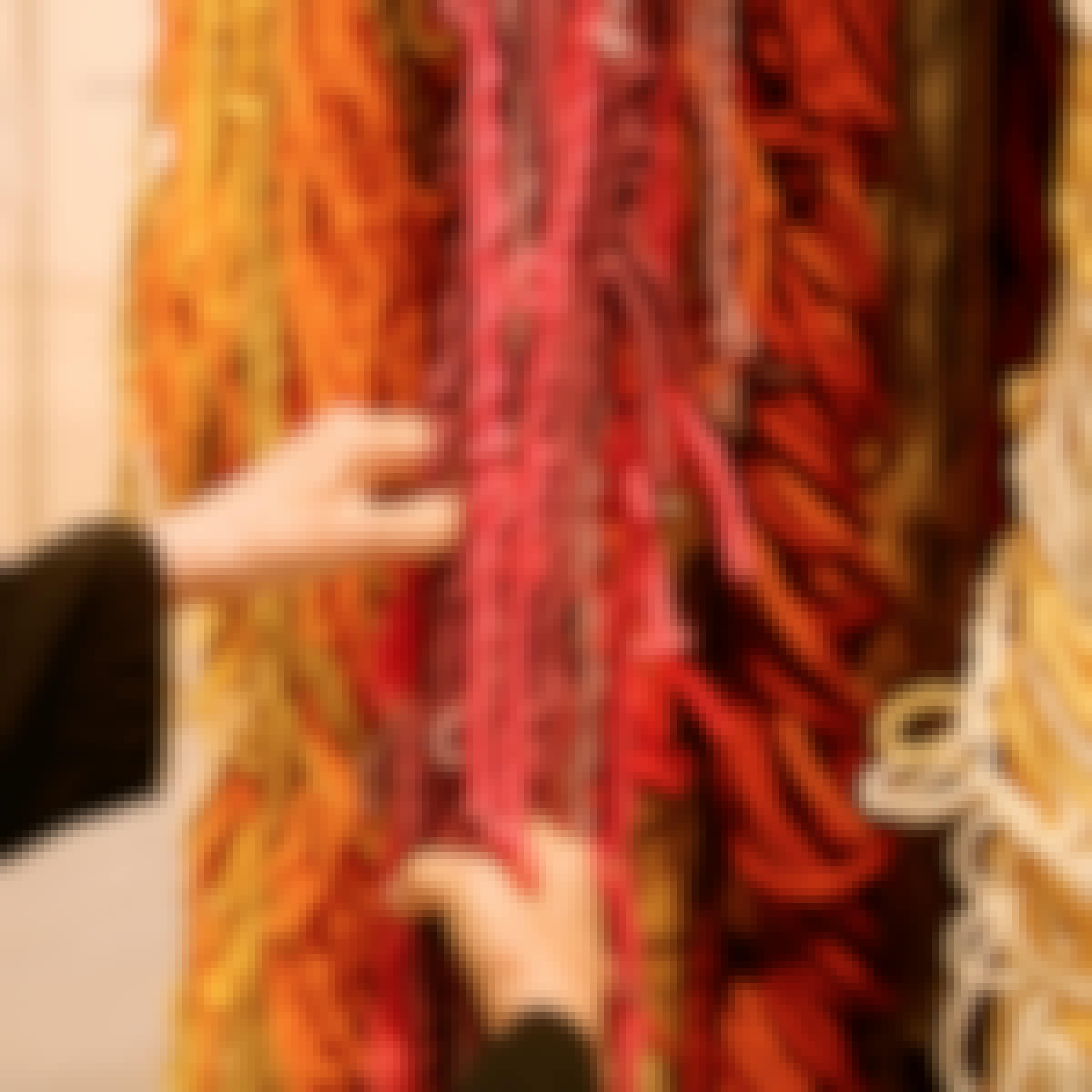
The Museum of Modern Art
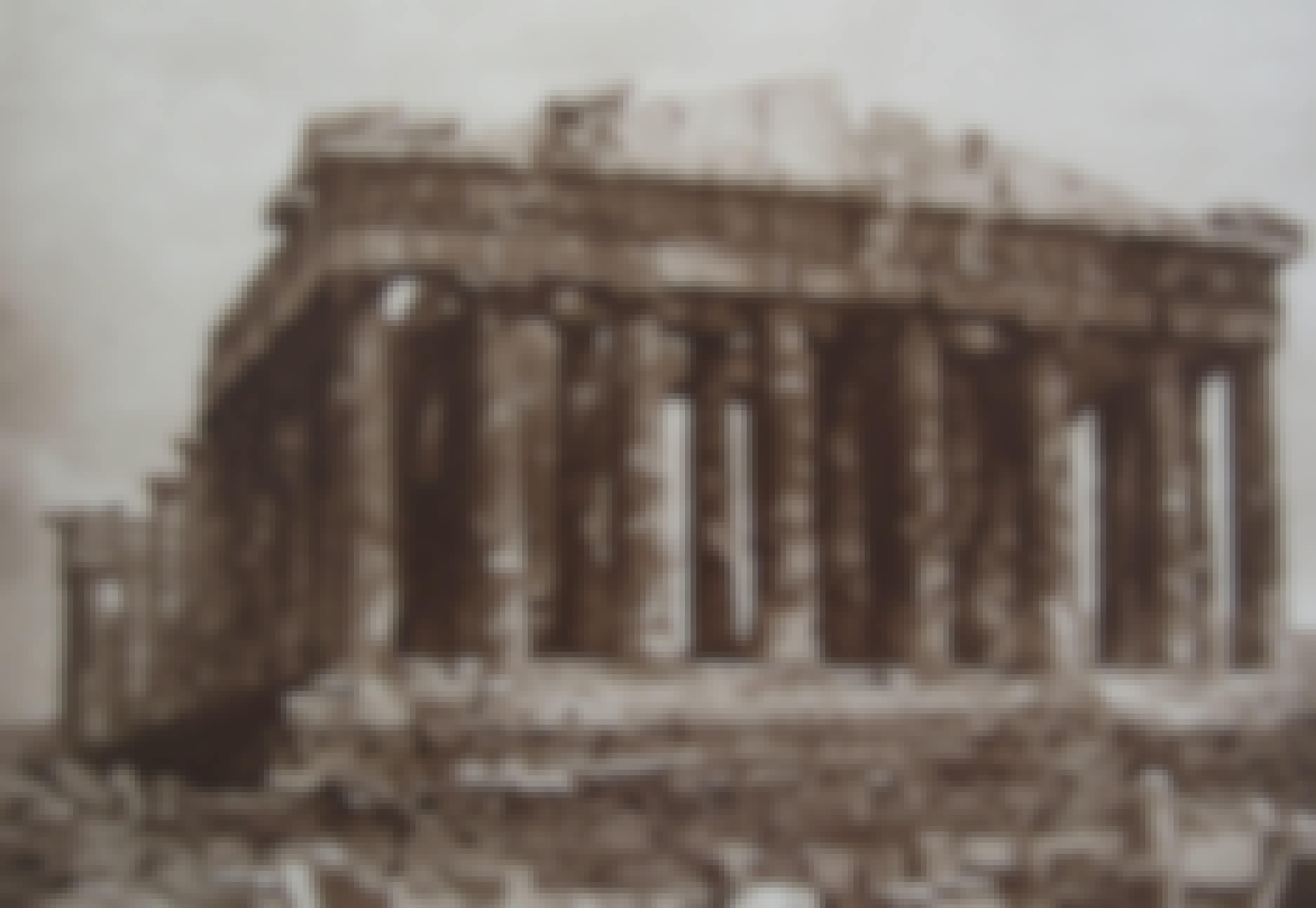 Status: Free
Status: FreeWesleyan University
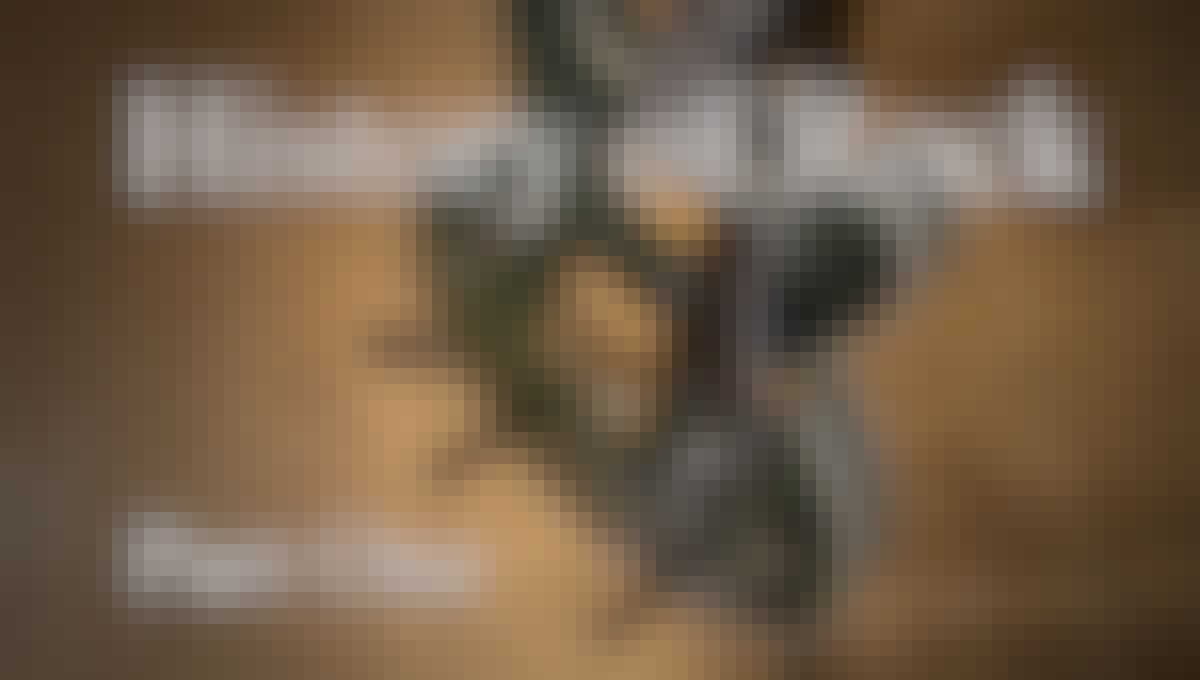 Status: Free
Status: FreeUniversity of Rochester
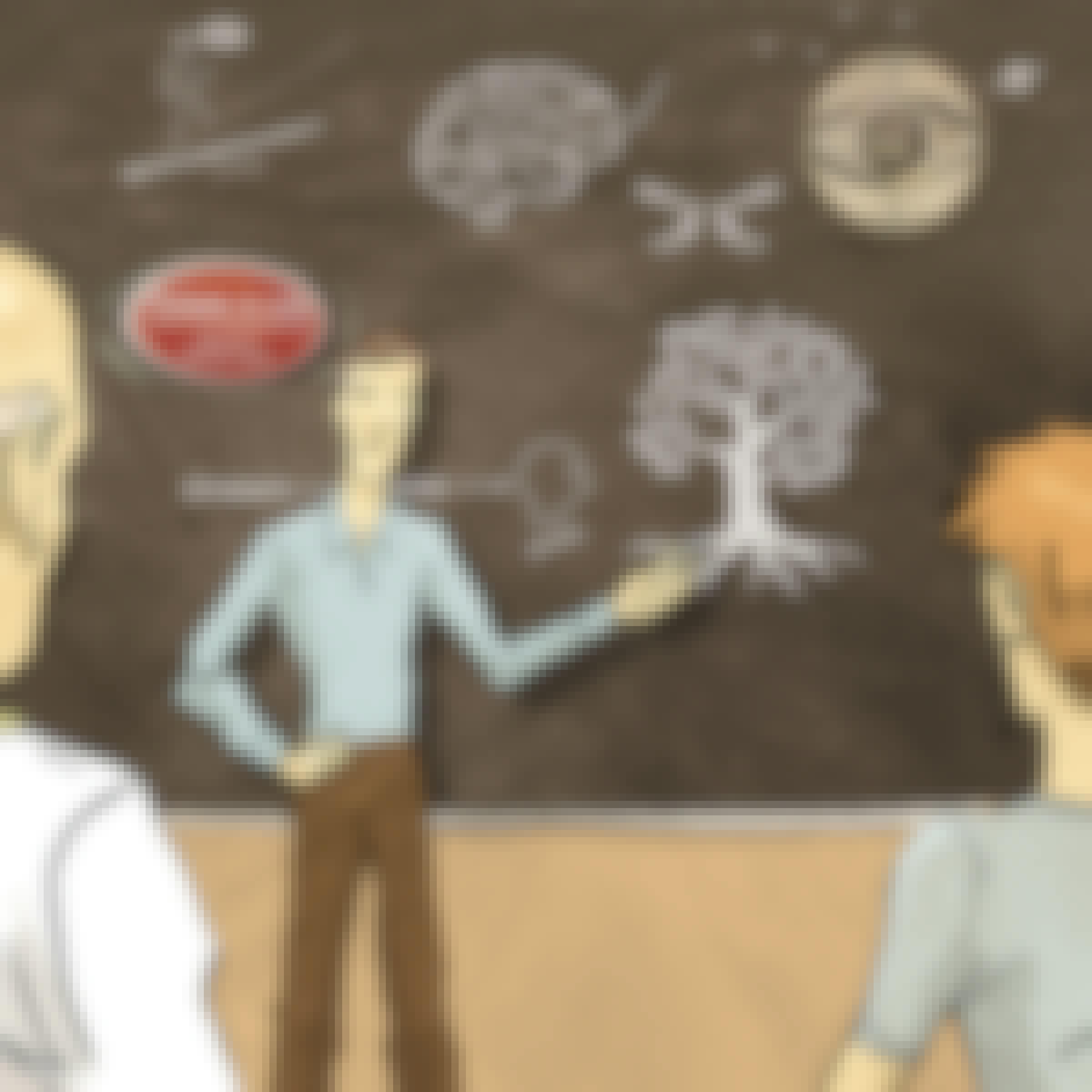
University of Michigan
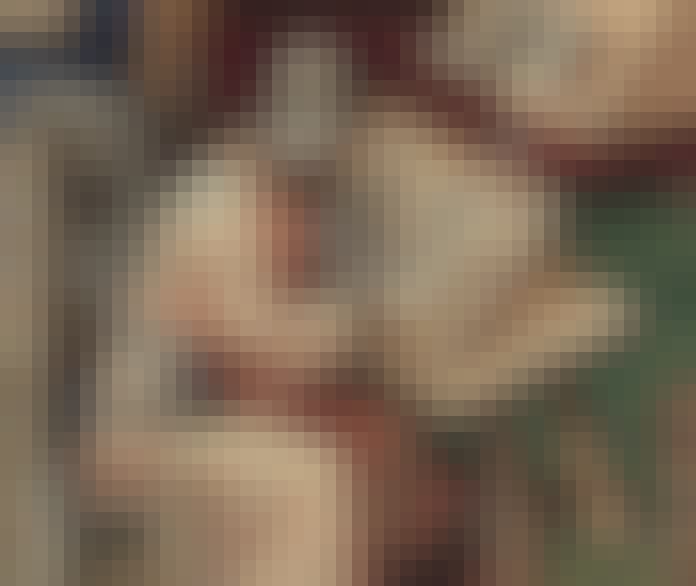 Status: Free
Status: FreeUniversity of Virginia
Skills you'll gain: Writing
Searches related to art history
In summary, here are 10 of our most popular art history courses
- The Modern World, Part One: Global History from 1760 to 1910: University of Virginia
- The Modern and the Postmodern (Part 2): Wesleyan University
- Historia del Arte: Del Barroco al Arte Posmoderno: Universidad de Palermo
- Bachelor of Arts in Liberal Studies: Georgetown University
- Introduction to Ancient Egypt and Its Civilization: University of Pennsylvania
- Age of Cathedrals: Yale University
- The American South: Its Stories, Music, and Art: The University of North Carolina at Chapel Hill
- What Is Contemporary Art?: The Museum of Modern Art
- The Ancient Greeks: Wesleyan University
- History of Rock, Part One: University of Rochester

